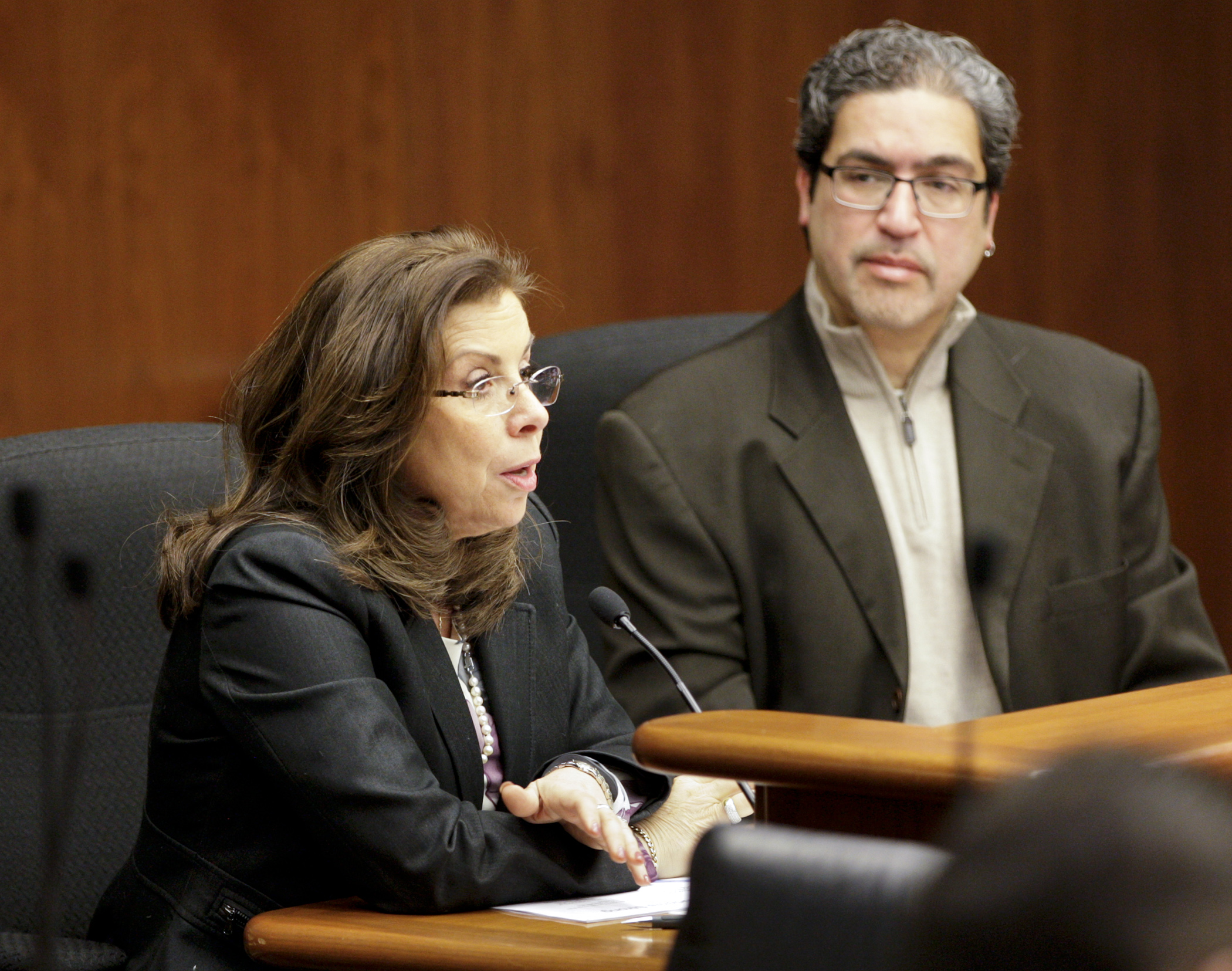Compelling high school attendance until age 18 held over by committee

An economy and workforce environment that has dramatically evolved over the last several decades has led to the need for students to stay in school.
That’s the contention a tandem of lawmakers have made for the last several years. And they are making the push again to raise the compulsory school attendance age to 18.
Rep. Carlos Mariani (DFL-St. Paul) sponsors HF15 that would change the age at which students are compelled to attend school from 17 to 18. The bill was laid over Thursday by the House Education Innovation Policy Committee for possible omnibus bill inclusion.
Sen. Chuck Wiger (DFL-Maplewood) sponsors its companion, SF19, which awaits action by the Senate E-12 Budget Division.
“The ability to get more of our young people graduating from high school is directly tied to the economic growth and sustainability of our state,” Mariani said.
[Watch an interview with Mariani about this bill from earlier this session]
Wiger and Mariani have carried the proposed legislation for several legislative sessions.
In 2013 they gained support from both chambers and Gov. Mark Dayton on a compromise version of their bills, which raised the age of compulsory attendance from 16 to 17, beginning in the 2014-15 school year.
To date, 22 states and the District of Columbia have set the compulsory attendance age at 18.
Mariani believes compulsory attendance laws that once worked well for agriculture and manufacture-based economies no longer meet the needs of today’s society.
“Access to higher skills that are acquired once someone moves beyond high school into some form of post-secondary education are imperative for so many jobs today,” Mariani said. “But they can’t get there without a diploma.”
Timing for change not right, critics say
Supporters of raising the compulsory attendance age — including St. Paul Public Schools Superintendent Valeria Silva and Ramsey County Attorney John Choi — continue to insist that such a change would prove to have a positive impact on students, their communities and the economy. But some education policymakers and administrators disagree with the timing of HF15.
High schools need time to compile data and realize the effect of the changes that were only put into effect this school year to raise the compulsory age from 16 to 17, according to representatives of the Minnesota School Boards Association and the Minnesota Secondary Principals Association.
“We haven’t even had an opportunity to see what has occurred or to have followed the data when the compulsory age was raised from 16 to 17,” said Bob Dockendorf, principal of Big Lake High School and a board member of the Minnesota Association of Secondary School Principals. “And now to jump to 18 is a bit rushed, I think.”
Raising the age from 17 to 18 will not solve truancy issues that plague some schools, said Snezhana Bessonov, a consultant to the Minnesota School Boards Association.
About 26 percent of St. Paul students do not graduate on time, Silva said. Further raising the compulsory attendance age will give parents of those students the additional support of the law they need to make sure their children are focused on obtaining a diploma, she said.
“Many parents know that the goal to help their children graduate, but they don’t know how do it,” Silva said.
Supporters also pointed to Choi’s written testimony. He believes keeping students in school longer keeps them out of the criminal and juvenile court system.
The majority of high school students who drop out from education are over the age of 17, Choi wrote, and that high school drop outs are more likely to commit crimes as adults.
Related Articles
Search Session Daily
Advanced Search OptionsPriority Dailies
Ways and Means Committee OKs proposed $512 million supplemental budget on party-line vote
By Mike Cook Meeting more needs or fiscal irresponsibility is one way to sum up the differences among the two parties on a supplemental spending package a year after a $72 billion state budg...
Meeting more needs or fiscal irresponsibility is one way to sum up the differences among the two parties on a supplemental spending package a year after a $72 billion state budg...
Minnesota’s projected budget surplus balloons to $3.7 billion, but fiscal pressure still looms
By Rob Hubbard Just as Minnesota has experienced a warmer winter than usual, so has the state’s budget outlook warmed over the past few months.
On Thursday, Minnesota Management and Budget...
Just as Minnesota has experienced a warmer winter than usual, so has the state’s budget outlook warmed over the past few months.
On Thursday, Minnesota Management and Budget...